How to Preserve {Pretty Much} Anything: Part 2

By Kresha Faber, Contributing Writer
Did you miss Part 1 of How to Preserve {Pretty Much} Anything?
Go right on over HERE to read it.
It will give you some fantastic information about:
- Why we preserve food
- The 7 types of food preservation
- A note about safety
- How to choose which method of preparation to use
- Tips for getting equipped to start preserving
But today, I want to share with you just a few of my favorite preserving websites, recipes, tutorials, resources and inspirations!
Handy How-To’s
How to Blanch Vegetables from The Kitchn
How to Peel A Lot of Tomatoes Fast from Northwest Edible Life
Naked Peaches! How to Boil & Peel Them in a Flash from The Kitchn/Smitten Kitchen
How to Can: A Step-by-Step Guide from Frugal Living NW
How to Grow a Garden You’ll Actually Use
7 Simple Recipes For Preserving Edible Flowers
Harvesting and Preserving Herbs for the Home Gardener
Preserving Summer’s Bounty: Recipes and Tutorials to Keep You Busy Until Thanksgiving
10 Simple Steps to Prepare for Canning Season
When life hands you soggy pickles… make relish!
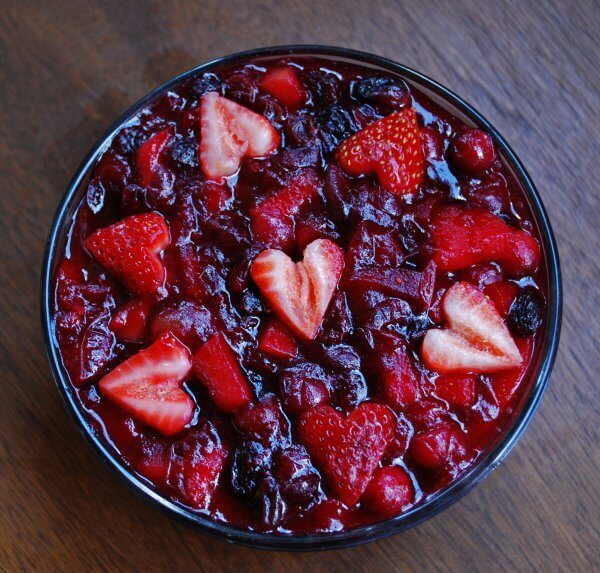
Helpful Sites for Preserving, Canning, and Fermenting
These guys KNOW food preservation – you’ll leave inspired every time. 🙂
Punk Domestics – these guys live, breathe, and laugh preserving and fermenting foods
Northwest Edible Life – urban homesteading, lots of preserving, and all-things gardening
Preserving Your Harvest – everything you need to know and more
Pick Your Own – I have no idea how well this site functions on a mobile phone, but it’s a wealth of information!
Traditional Cooking School – everything about traditional food, traditional preservation methods, and more
Nourished Kitchen – you can’t help but CELEBRATE traditional foods after visiting this site – the photos and the recipes are simply stunning
Hunter Angler Gardener Cook – Hank is an expert at home curing meats and game and preserving your food
Links to 100+ recipes to help get you started (and inspired!)
Preserving Your Horseradish Harvest
A Victorian Christmas: Using Seasonal and Preserved Foods at Christmas
My Humble Kitchen Recipe Guide to Canning and Preserving
What to do with a bounty of cherries (even the pits)
Freezing
How to Freeze and Save Garden Zucchini from Thriving Home
How to Freeze Eggs from The Prairie Homestead
Freeze & Preserve Fresh Herbs in Olive Oil and Two Ways To Freeze and Preserve Fresh Herbs from The Kitchn
How to Make Refried Beans in the Slow Cooker (and freeze them) from Nourishing Joy
Four Ways to Preserve Prickly Pear Pads from Root Simple
How to Preserve Beet Greens from Montana Homesteader
IHOP Blueberry Syrup from Laura Fuentes – she doesn’t mention freezing, but if you use tapioca starch or skip the starch altogether, freezing this syrup would be a great way to save a whole bunch of blueberries!
Dehydrating & Smoking
Homemade Vitamin C Powder from Nourishing Joy
Dehydrated Pasta Sauce from Thank Your Body
How to Braid Garlic and Onions from Rodale’s Organic Life
Green Veggie Powder from Nourished Kitchen
How to Dehydrate Mushrooms from Nourishing Joy
Sun-Dried Tomatoes from Little House Living
How to Dehydrate Fresh Figs from Nourishing Joy
Homemade Fruit Leather and Fruit Roll-Ups from Don’t Waste the Crumbs
How to Preserve Palm Dates from Garden Guides
How to Make Dried Cherries from Little House Living
Homemade Ground Meat Jerky — Not So Tough from Traditional Cooking School
Traditional Homemade Jerky from Alton Brown
How to Make DIY Bacon from Fine Cooking
Fermenting & Culturing
Old-Fashioned, Pound-Free, Lacto-Fermented Sauerkraut from The Nourishing Gourmet
Homemade Fish Sauce from Nourishing Joy
101 Fabulous Fermented Foods from Nourishing Joy
Lacto-Fermented Dilly Carrot Sticks from The Nourishing Gourmet
Fermented Hot Chili Sauce from Nourished Kitchen
How to Make Sriracha from Scratch from Serious Eats
Home-cured Cracked Olives from Nourished Kitchen
How to Make Easy Kimchi at Home from The Kitchn
Making Fermented Mushrooms from And Here We Are
Crisp & Crunchy Lacto-Fermented Pickled Asparagus from Nourishing Joy
Lacto-Fermented Cherry Salsa from Northwest Edible Life
Fermented Mixed Berries from Nourished Kitchen
How to Make Fig Butter from Nourishing Joy
How to Make Fermented Bananas from SkinVERSE
Fermented Rosehip Soda from And Here We Are
How to Ferment Capers and Olives
For capers:
Place your capers in a jar large enough so that the capers can be covered by at least an inch of water. Cover with water and soak for 7-10 days, draining and rinsing once a day. These will smell foul, the water each day will change color, and the capers will become drab-looking, but all of that’s good, as those are the signs that the bitter compounds are indeed leeching out into the water.
After 7-10 days, place capers in a clean jar and pour one of the following brines over the capers with enough to cover them by at least 1 inch. Let sit at room temperature for 7-14 days, then store in the refrigerator for up to 1 year.
Vinegar brine: for each 1 cup of brine, use 1/2 cup wine vinegar, 1/2 cup water, and 1 tablespoon salt
Salt brine: for each 1 cup of brine, use 1 cup water and 1 tablespoon salt
For olives:
Sort your fresh olives, removing any bruised fruits, stems, and leaves. Rinse.
Gentle whack each olive with a rolling pin or score it several times with a paring knife.
Once all the olives have been prepared, place them in a large container or several small containers and fill them with filtered water. (You’ll need to be able to lift and maneuvre this container, so don’t make it too huge.) Drain, rinse and fill the olive container with water again twice a day for 14-30 days. Begin tasting the olives after 14 days to decide how much bitterness you like. The longer you soak them, the less bitterness there will be, although it won’t be removed completely.
Once they are as you like, drain and rinse one last time, then place them in a new container and pour over wine vinegar and a salt brine in the following ratio:
Per one gallon of olives, use 1/2 cup wine vinegar, 3/4 cup salt, and 1 gallon water.
Shake or stir your olive container to combine ingredients well, then let sit at room temperature for 10-14 days. Store in the refrigerator for up to six months.
Canning
How to Invent Safe Food Preservation Recipes
Marinated red bell peppers from Culinate
Pickled Okra from Simply Recipes
Homemade Pickled Dilled Green Beans from Pick Your Own
How to Can Beans {The Nourishing Way} from Traditional Cooking School
Canning Stock for the Pantry from Heartland Rennaisance
Homemade, Cannable Marinara Sauce – No Pressure Canner Required from Heartland Rennaisance
How to Can Mandarin Oranges from Arctic Garden Studio
Honeyed Peaches and Nectarines from Little Miss Cruciferous
How to Pressure Can Leafy Greens (PDF) from Seattle Tilth
Meyer Lemon Marmalade from Simply Recipes
Jalapaño Pepper Jelly from Little House Living
Orange Rhubarb Jam from Simply Canning
Apple Pie Filling from Little House Living
Apple Butter from Simply Recipes
Green Tomato Chutney from Simply Recipes
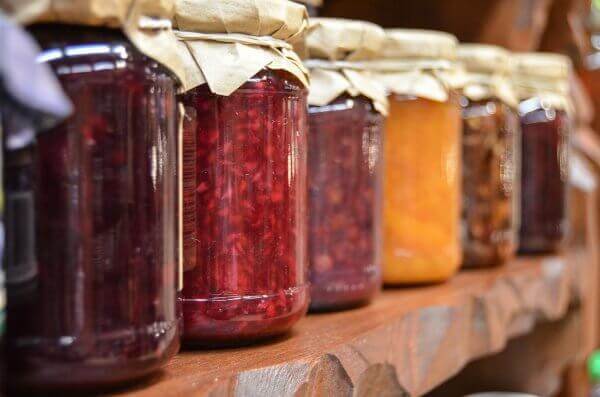
Salt- and Sugar-Curing
DIY: Pickled Cherry Blossoms (Sakura) from Gardenista
Prickly Pear Jelly Recipe from Root Simple
Unusual Jelly Recipes: Rose Hip Jelly, Cranberry, Cactus Jelly, Sangria Jelly, Mint Jelly, Prickly Pear Jelly, Chokecherry Jelly, Etc. from Pick Your Own
Easy DIY Tonic Water from NW Edible Life
Pomegranate Molasses from Simply Recipes
How to Make Homemade Grenadine from The Kitchn
How to Make Homemade Grenadine from Jeffery Morganthaler
(yes, I just included two homemade grenadine recipes, just because I can’t decide which I like better – and grenadine makes so many things cheerier…. 😉 )
Traditional Corned Beef from Nourishing Joy
Corned Beef Tongue from Nourishing Joy
How to Make Bresaola from And Here We Are
Yes You Can: Cure and Smoke Your Own Ham! from And Here We Are

Flower Honey
Lavender, rosemary, and rose are especially lovely in this application.
1 cup flower petals
1 pound honeyAdd the flower petals to a reusable tea bag or bundle in cheesecloth, then add to honey. Leave in a sunny place for 1 week, then check flavor. Leave longer if desired. When ready, remove the petal bag and use. Will last at least 1 year in a cool, dark place.
Flower-Scented Sugar
2 cups granulated sugar, preferably whole cane sugar
1 cup flower petals, chopped finelyStir sugar and flowers together and let sit for 1 week. Use as a finishing or rimming sugar. Will last at least 1 year in a cool, dark place.
Flower Syrup
1 cup water
3 cups whole cane sugar
1 cup flower petals
2 tablespoons vodka (optional)Boil water, sugar, and flower petals together for 10 minutes until syrupy, then strain, stir in vodka if using, pour into a clean jar or bottle, and store in the refrigerator. The mixture will last two weeks without the vodka and up to two months with it. Use as you would use any other syrup.
;
Oil Curing
Wild Mushroom Butter from Nourished Kitchen
Homemade Sun Dried Tomatoes in Olive Oil from Scordo

Vinegar & Alcohol
Quick & Easy Plum Wine from And Here We Are
Save Those Stems! Make Strawberry Vinegar! from And Here We Are
Making Pontack Sauce (Elderberry Ketchup) from And Here We Are
How to Preserve Culinary Herbs, Wild Plants, and/or Fruit in Vinegar from Healthy Green Kitchen
Fruit Vinegar: The Easiest Way to Preserve Summer Fruit from The Kitchn
How to Make Brandied Cherries from Nourished Kitchen
Sweet Pickle Relish from Nourishing Joy
How to Preserve Jalapeño Peppers from Jalapeño Madness
Cauliflower Refrigerator Pickles from Keeper of the Home
How to Make Hard Cider From Whole Apples, Without a Press from And Here We Are
How to Make Pickled Eggs from Little House Living
;
Pickled Bamboo Shoots
1 fresh cooked bamboo shoot
pinch of sea salt
1/3 cup mirin or rice vinegar
1/4 cup whole cane sugar
2 teaspoons fermented fish sauce (optional)Slice the cooked bamboo into matchsticks and set aside.
Place the mirin, salt, and sugar in a small pan and heat until sugar is dissolved, stirring occasionally.
Once sugar is dissolved, simmer uncovered and without stirring until mixture is slightly reduced, about 5 minutes.
Remove pickling syrup from the heat, stir in fish sauce, and toss with the prepared bamboo.
Let cool and store in the refrigerator for 2-3 weeks or in the freezer for up to six months. Thawed bamboo will be slightly mushy, but can certainly still be used in stirfries and other dishes.








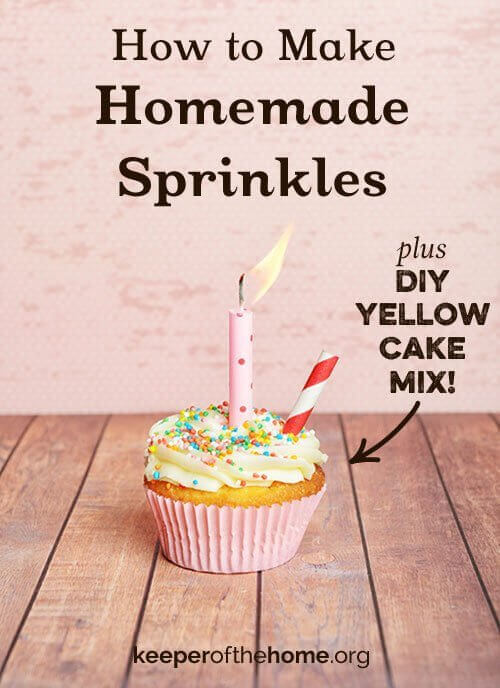
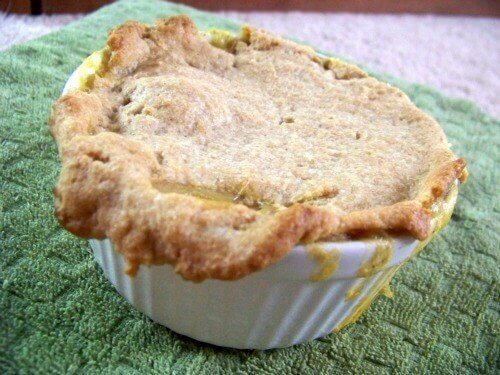
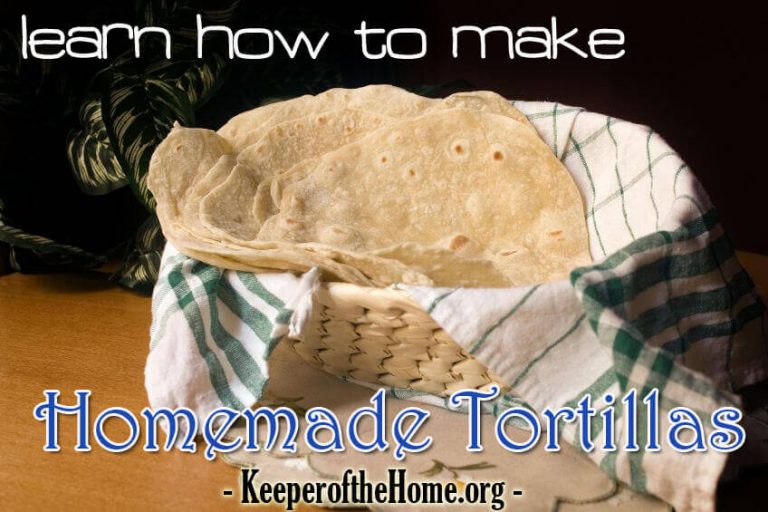
Wow! Thank you for all the work it took to put this together! What a great resource 🙂
You’re welcome! I hope it will be useful for you for a long time to come. 🙂
so agree…thanks for all your hard work to put this together.
Wow – so many wonderful resources – thank you!!!
I haven’t preserved food at all, but am taking a canning class in a couple of weeks, and look forward to getting started in time to preserve some of this summer’s goodness!
Good work and thanks for the tips 🙂
Thanks for the nod! Would love for you to contribute the olive/caper ferment to the site.